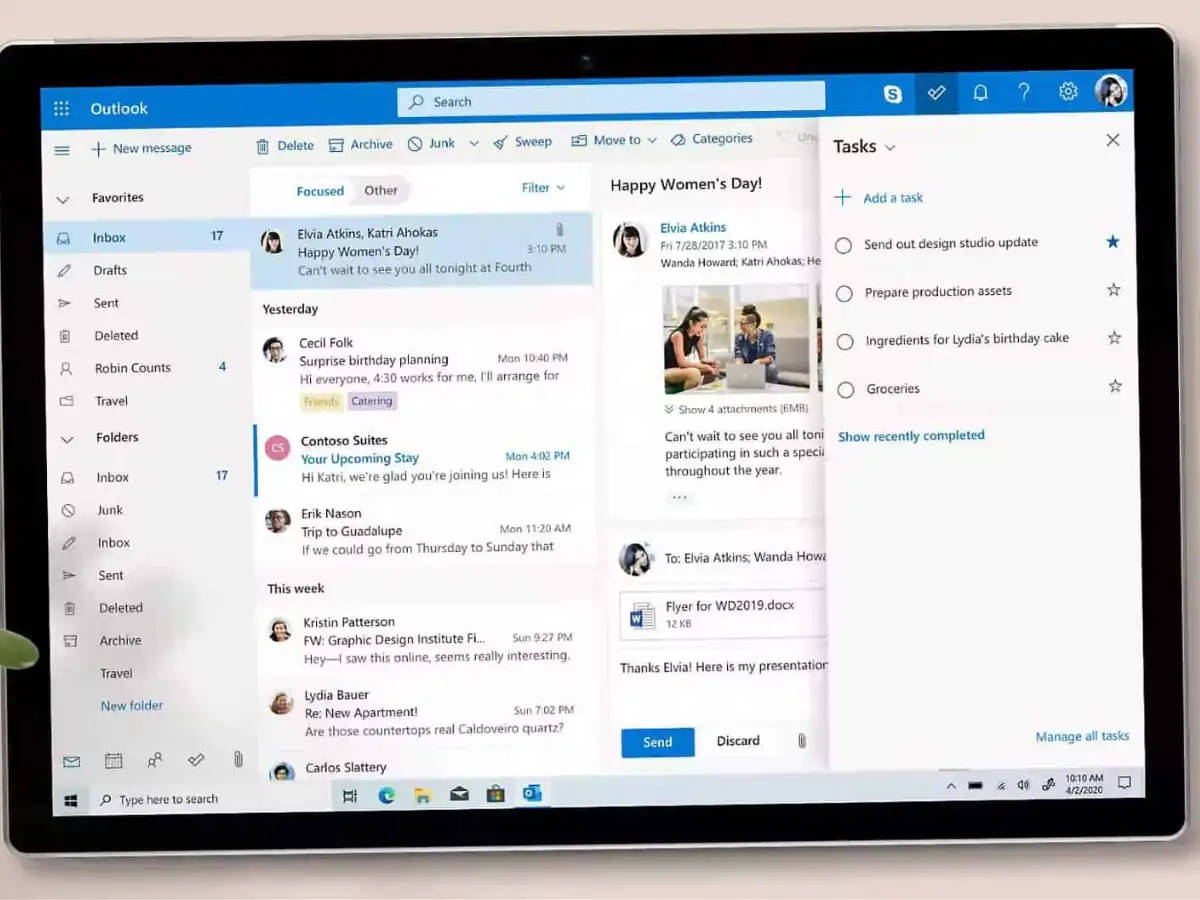Outage Hits Core Email Service
Microsoft Outlook stopped working around 10:20 PM UTC on July 9 and remained unavailable until after 9:30 AM UTC on July 10, leaving users across continents unable to send or receive messages through web, mobile, and desktop clients. The outage cut access for an estimated four hundred million individuals who rely on the platform for work or personal use.
Large organizations found staff unable to share urgent updates and email-based tools stalled. Smaller teams saw scheduled tasks fail when notifications never arrived. This event ranks among the lengthiest interruptions to Microsoft’s email offering in recent years and highlights the fragility of digital workflows.
How Users Experienced the Breakdown
Users in New York noted login failures from the start. Teams in New Delhi reported that messages stalled in outboxes and errors popped up on each refresh attempt. Both the browser-based site and the mobile application returned messages that included words like “Something went wrong” or “invalid license.”
Data from DownDetector showed that six out of ten reports came from login errors while three out of ten users logged server connection faults. Reports emerged from Germany, the United Kingdom, and Australia, illustrating how far the impact spread. Many turned to social networks to share frustration over missed deadlines and stalled plans.
Cause of the Breakdown and Fix Rollout
Early updates from Microsoft explained that parts of its mailbox infrastructure underperformed after an authentication component malfunctioned. Engineers pinpointed a timeout error that blocked new sessions from starting. On the morning of July 10, Microsoft confirmed that it had identified the point of failure and rolled out a repair that targeted the affected servers.
They restored login paths in stages and noted that recovery moved faster than planned. By 9:30 AM UTC most markets saw normal service resume. However, some users reported intermittent hiccups during the final phase of the restoration.
Outlook in the Broader Context of Microsoft Disruptions

This episode follows two recent service breaks. Earlier this week, Microsoft Teams users in Asia saw connection faults for several hours. In March, a code update fault halted access for tens of thousands of users in Europe. Then in June, a regional lapse affected parts of the Asia Pacific. Each time, the root issues varied, but the pattern shows that even top tier cloud systems face single points of failure. Businesses with strict uptime requirements may now reassess reliance on one provider for all communication needs.
Personal Analysis
I think this outage offers a lesson about overdependence on a single email platform. When services collapse, workers lose more than email access. They lose trust in time-sensitive channels and face unexpected delays. Organizations should have backup plans that include alternate messaging tools or emergency procedures. Leaders need to decide if they will build redundant systems or seek cross vendor strategies to avoid full stoppages in the future. This event underlines the need for ongoing testing of failover processes so teams can pivot smoothly.
Sources: microsoft.com


